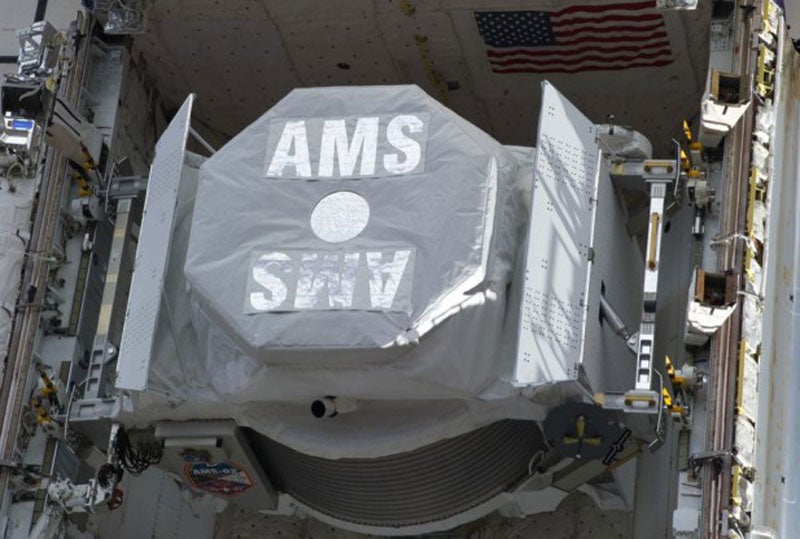“The AMS detector has so far achieved everything we expected of it,” said AMS spokesperson Samuel Ting. “That’s a great credit to the team that put the detector together and the team that installed it on the ISS. We’re honored to have them here today to celebrate AMS’s fist year in space.”
The AMS detector’s first year in space has been a learning curve: data has been used to calibrate the instrument and fully understand its performance in the extreme thermal conditions encountered in space.
“Among AMS’s achievements is that for the first time we’ve been able to identify electrons with energies exceeding 1 trillion electron volts before they enter the atmosphere,” said Ting. “This holds out great promise for the AMS research program that’s now getting underway.”










